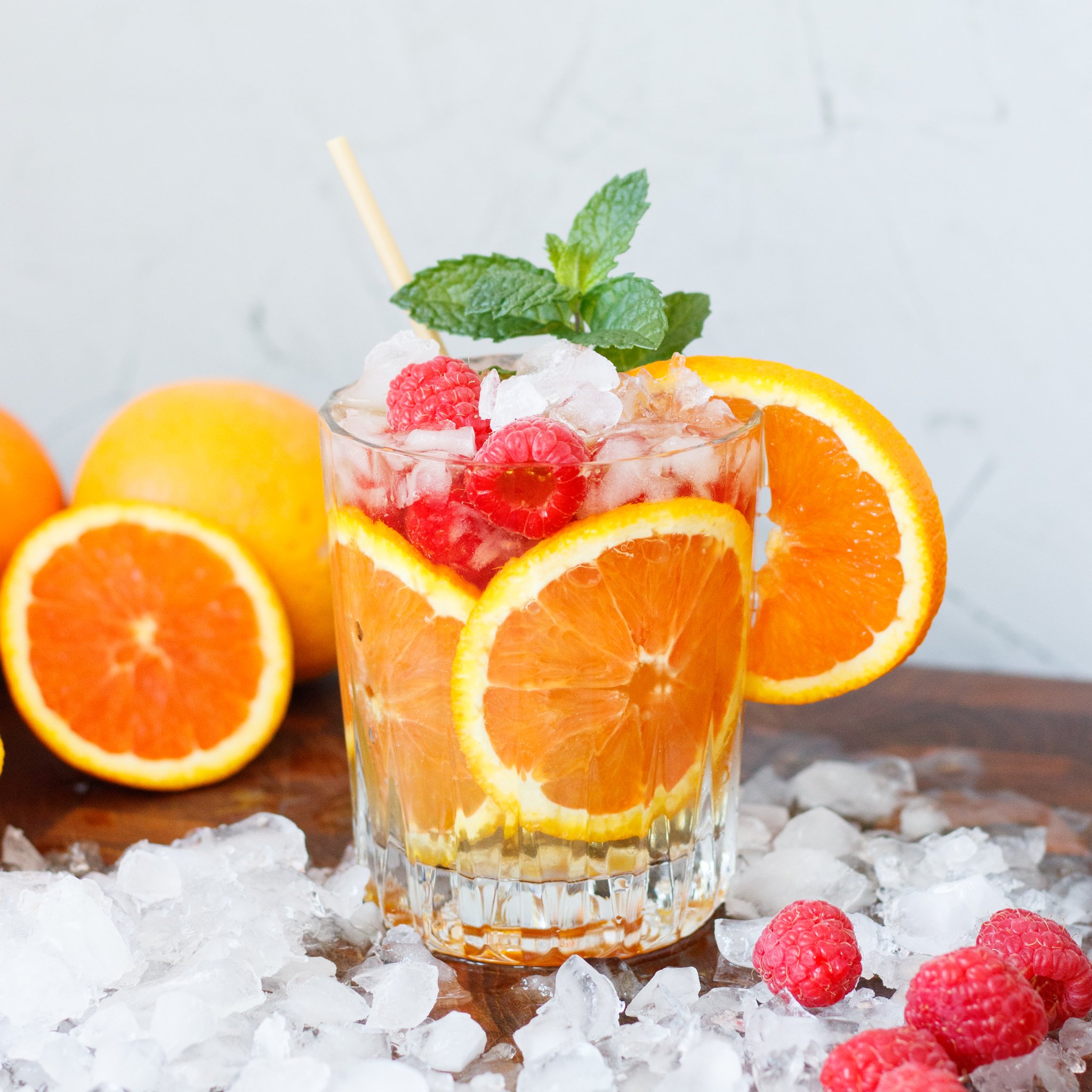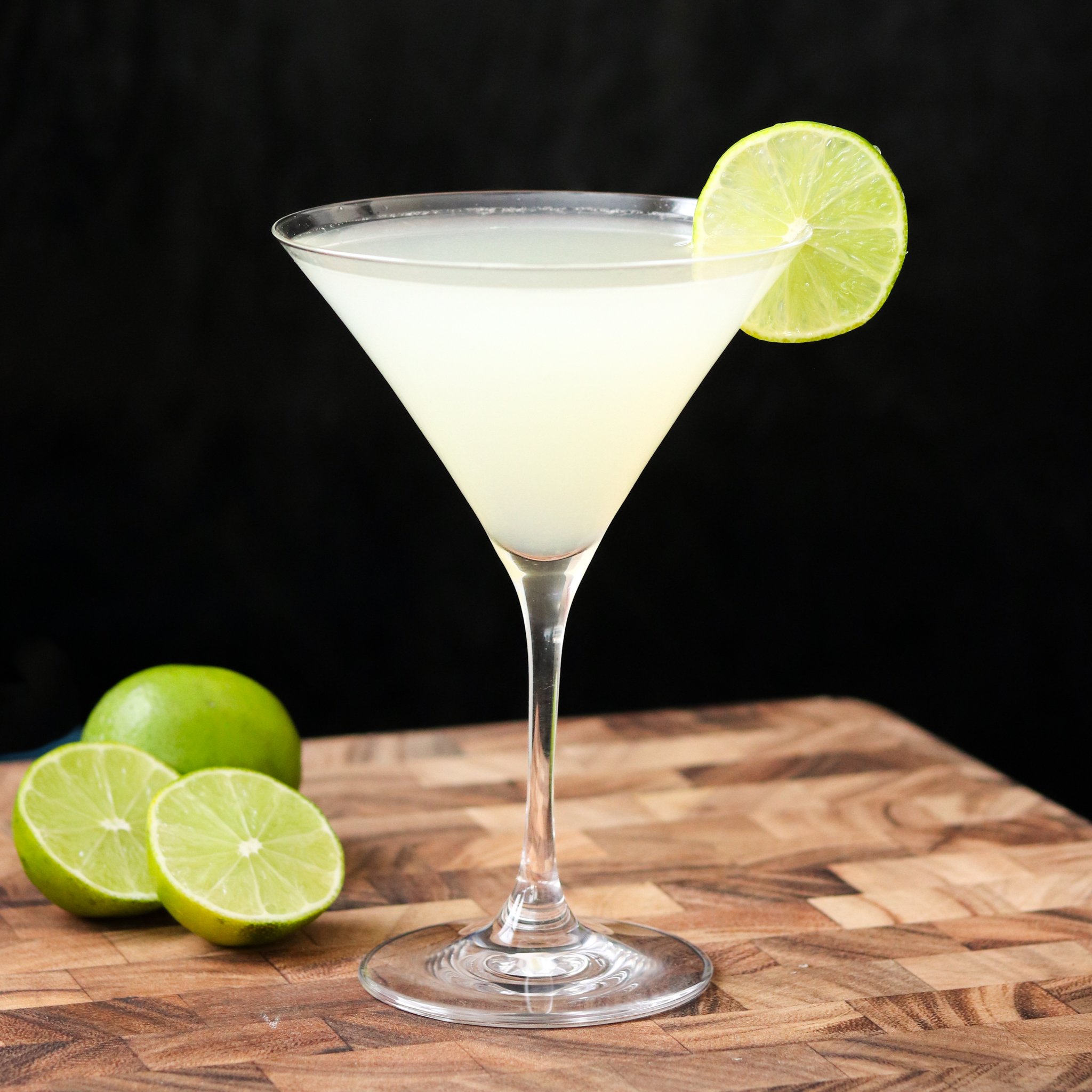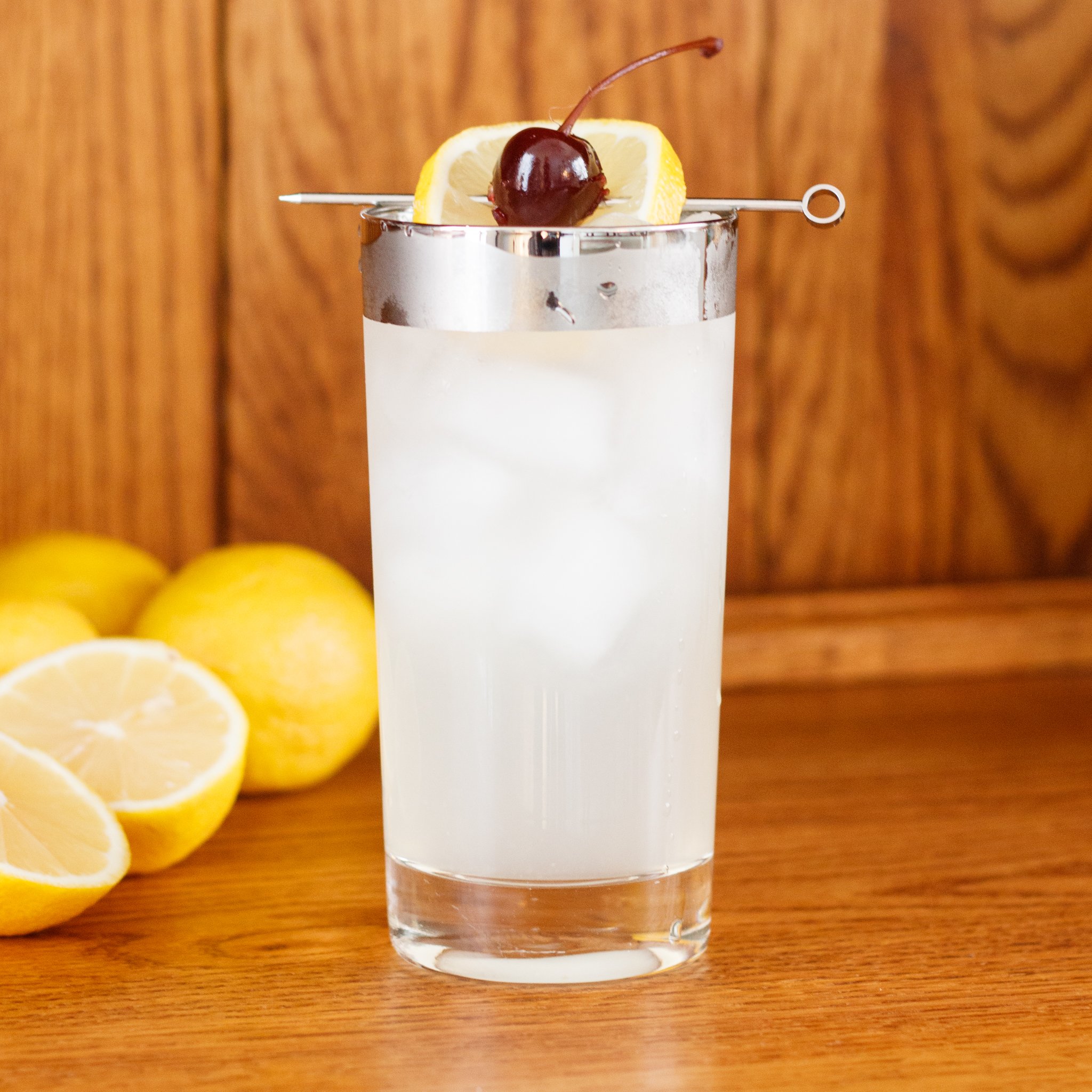3 parts prosecco
2 parts Aperol
1 part soda water
Orange slice garnish
Fill a large wine glass with ice and pour in chilled prosecco. Slowly add the Aperol and then top up with soda. Gently stir and garnish with an orange slice.
Aperol is a citrusy bittersweet Italian Apertif. The name is actually a play on a French slang word for aperitif, “Apéro”.
While Aperol first came on the market in italy in 1919, the spritz has been around for much longer. In the 1800s, part of the Veneto region of northern Italy was controlled by the Austro-Hungarian Empire. The story is that visitors and soldiers from the empire found Italian wines too strong and started adding a splash (a "spritz," in German) of water to lighten them up.
Over the years the recipe slowly evolved, and soda water was eventually substituted for flat water, and from there people started adding other flavors and liqueurs to their wines to dress them up even more.
Aperol was added to the spritz in the 1950s, and while the recipe was an instant hit in Italy, it didn’t really become popular in the US until the 1970s when many Italian liqueur brands were spending a lot of marketing dollars in the U.S.
It was modestly popular in the 1970s, but when Aperol was acquired by Gruppo Campari in the early 2000s, they went in hard with advertising to Americans once again, making the Aperol Spritz the go-to drink at social media-friendly events like The Governor's Ball. Since then the drink is absolutely ubiquitous across the globe.










